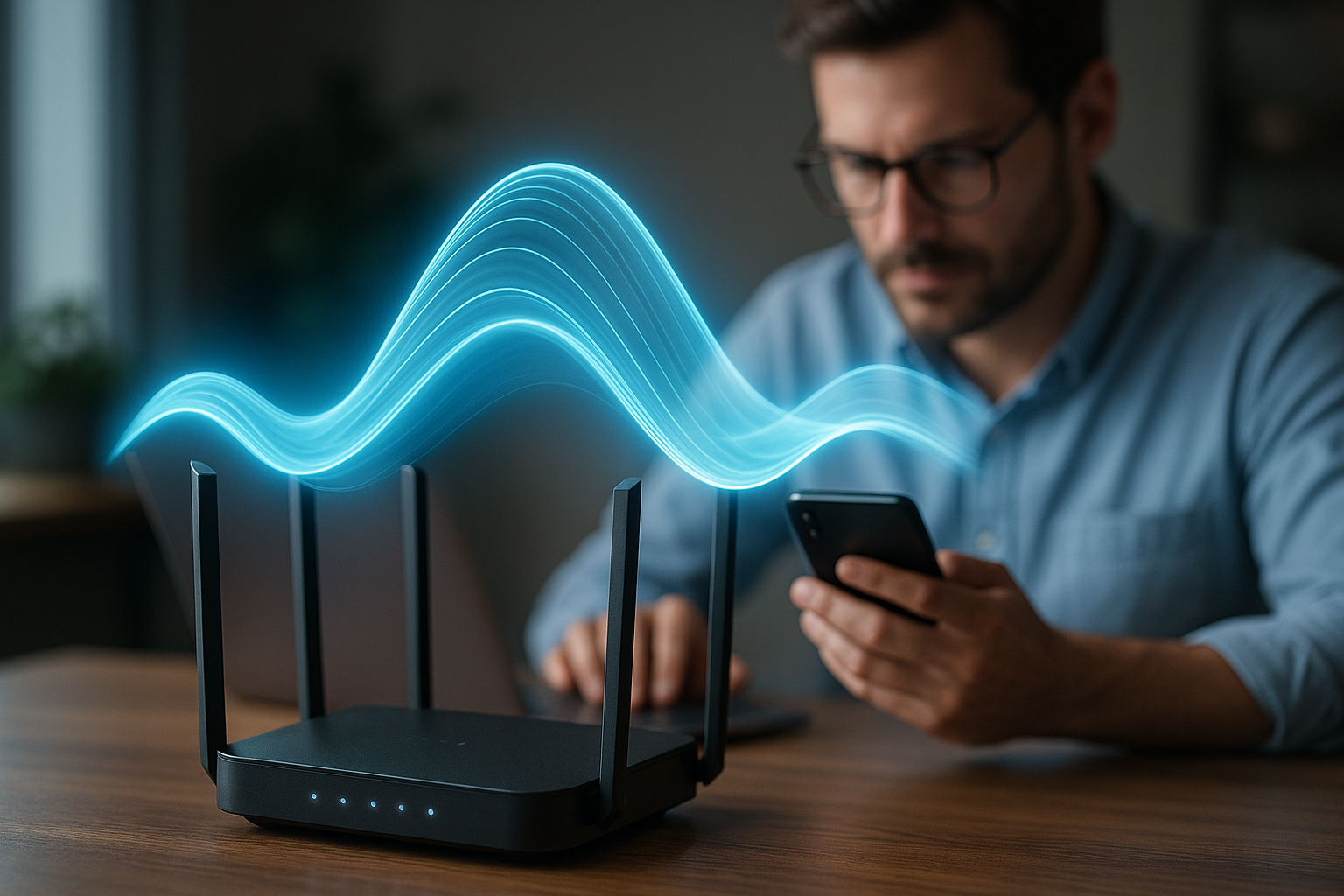Understanding 5G Technology in Modern Smartphones
The fifth generation of wireless technology has revolutionized how smartphones connect to networks, offering unprecedented speeds and capabilities. Modern 5G-enabled devices provide enhanced connectivity, faster data transmission, and improved performance for various applications. This technology represents a significant leap forward in mobile communications, enabling new possibilities for users across different industries and personal use cases.

What Makes 5G Technology Different in Smartphones
Fifth-generation wireless technology fundamentally transforms how smartphones communicate with cellular networks. Unlike previous generations, 5G operates across multiple frequency bands, including low-band, mid-band, and high-band millimeter wave spectrum. This multi-band approach allows smartphones to achieve download speeds up to 100 times faster than 4G networks while maintaining lower latency for real-time applications.
The technology enables smartphones to handle more demanding tasks, from streaming ultra-high-definition content to supporting augmented reality applications. Modern 5G-enabled devices incorporate specialized modems and antenna systems designed to optimize signal reception and transmission across these various frequency bands.
How 5G Connectivity Enhances Phone Performance
Smartphones equipped with 5G technology deliver significantly improved user experiences through enhanced network capabilities. The reduced latency, often below 10 milliseconds, enables real-time gaming, video conferencing, and cloud-based applications to function seamlessly. This improvement is particularly noticeable in applications requiring instant response times.
The increased bandwidth capacity allows multiple devices to connect simultaneously without network congestion. For smartphone users, this translates to consistent performance even in crowded areas like stadiums, airports, or urban centers where network traffic is typically high.
Current Smartphone Models Supporting 5G Networks
Major smartphone manufacturers have integrated 5G capabilities across various price ranges and device categories. Premium flagship models typically offer comprehensive 5G support across all frequency bands, while mid-range devices often focus on sub-6GHz connectivity for broader coverage areas.
Manufacturers like Apple, Samsung, Google, and OnePlus have developed extensive lineups of 5G-capable smartphones. These devices incorporate advanced processors specifically designed to handle 5G connectivity while maintaining battery efficiency. The integration of 5G technology has become a standard feature rather than a premium addition in most new smartphone releases.
| Smartphone Model | Manufacturer | 5G Bands Supported | Price Range |
|---|---|---|---|
| iPhone 15 Series | Apple | Sub-6GHz, mmWave | €900-€1,500 |
| Galaxy S24 Series | Samsung | Sub-6GHz, mmWave | €800-€1,400 |
| Pixel 8 Series | Sub-6GHz, mmWave | €700-€1,000 | |
| OnePlus 12 | OnePlus | Sub-6GHz, mmWave | €650-€900 |
| Xiaomi 14 Series | Xiaomi | Sub-6GHz, mmWave | €600-€800 |
Prices, rates, or cost estimates mentioned in this article are based on the latest available information but may change over time. Independent research is advised before making financial decisions.
Network Coverage and Availability Considerations
5G network deployment varies significantly across different regions and carriers. Urban areas typically receive priority for high-speed millimeter wave installations, while rural areas rely primarily on sub-6GHz networks for broader coverage. Smartphone users should verify local network availability before investing in 5G-capable devices.
Carriers continue expanding their 5G infrastructure, with coverage maps regularly updated to reflect new installations. The technology’s effectiveness depends heavily on proximity to cell towers and environmental factors that can affect signal propagation, particularly for higher frequency bands.
Battery Life and Power Management in 5G Smartphones
The integration of 5G technology presents unique challenges for smartphone battery management. 5G modems typically consume more power than their 4G predecessors, especially when accessing high-frequency bands. Modern smartphones address this through advanced power management systems and larger battery capacities.
Manufacturers have implemented intelligent switching mechanisms that automatically select the most efficient network connection based on usage requirements. These systems help preserve battery life by utilizing 4G networks for basic tasks while reserving 5G connectivity for bandwidth-intensive applications.
Future Applications and Smartphone Evolution
5G technology enables smartphones to serve as gateways for emerging technologies like Internet of Things devices, autonomous vehicle communication, and industrial automation systems. The low latency and high bandwidth capabilities support applications that were previously impossible on mobile devices.
Developers are creating new categories of smartphone applications that leverage 5G’s capabilities, including real-time translation services, cloud gaming platforms, and collaborative augmented reality experiences. These applications represent the beginning of a transformation in how smartphones integrate with digital ecosystems.
The continued evolution of 5G technology promises even greater capabilities as networks mature and smartphone hardware advances. Future developments may include enhanced artificial intelligence processing, improved energy efficiency, and support for new frequency bands that further expand connectivity options.




